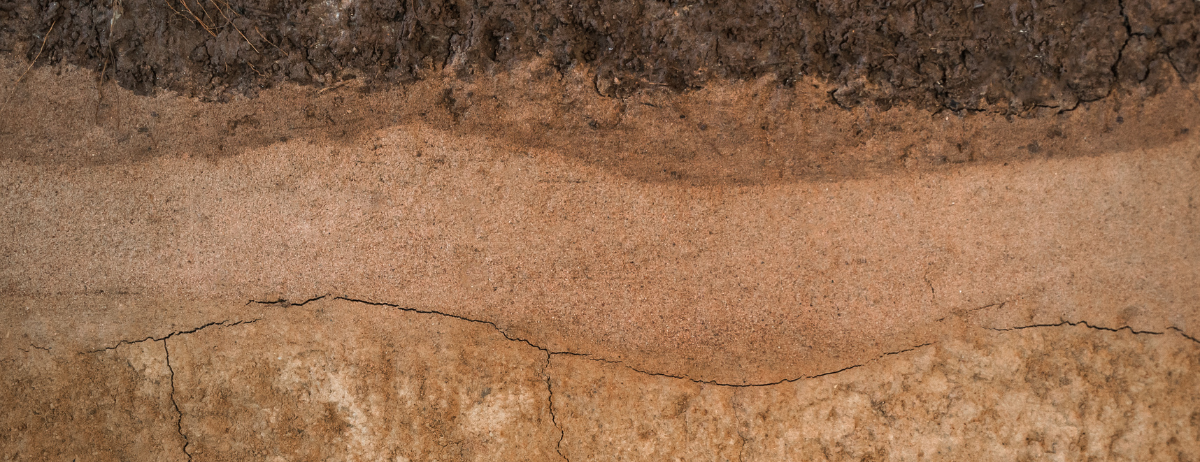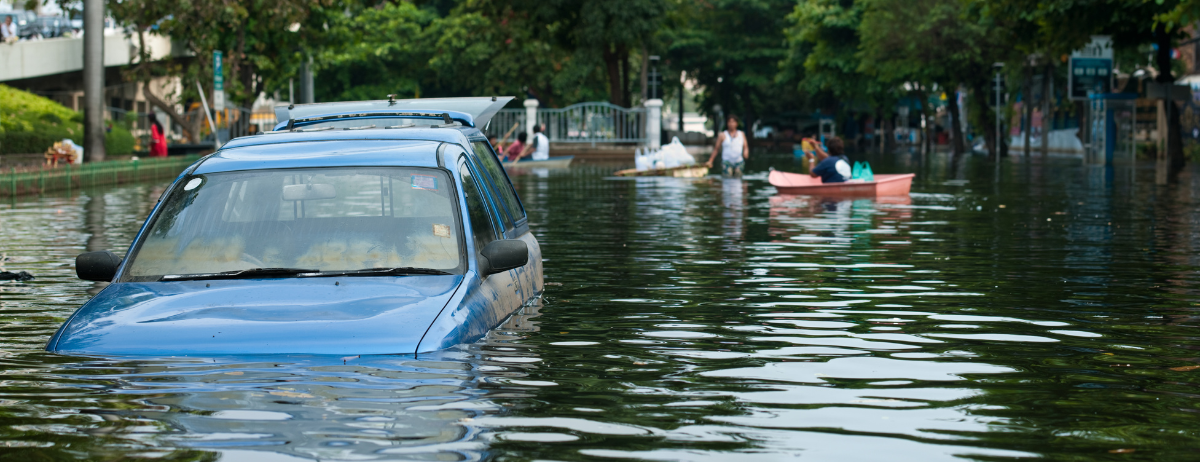The weird way that climate change could make earthquakes worse
26 septiembre 201724 de septiembre de 2017
Fuente: Newsweek
Nota de: Kristin Hugo
Shifting tectonic plates cause earthquakes, and several human activities cause shifting tectonic plates—however, the effect is indirect.

Not all geologists agree about to what extent, and how often, human activity affects seismic activity. In fact, there have to be natural risk factors—specifically, unstable fault lines—for an earthquake to occur. However, the evidence is there that humans are creating situations that can agitate, lubricate, and put pressure on these plates. In fact, a book called Waking the Giant by Bill McGuire documents the science behind climate change creating ideal conditions for tsunamis, volcanic eruptions, and earthquakes.
Here’s how climate change can lead to more earthquakes, according to scientist emeritus at the US Geological Survey and CEO of earthquake app Temblor Ross Stein:
First, climate change causes weather events that people want to be prepared for. People in Lima, for instance, are concerned that, if nearby glaciers melt completely, they will no longer have a water source.
In response, people dam more rivers and dig more reservoirs so that they’ll have water to prepare for the future.
People are building reservoirs on fault lines all around the world, filling and draining them. The water in the reservoir can lubricate faults, and filling and draining the reservoir creates and lifts pressure. Furthermore, filling a reservoir can force pressure on water at the bottom, which can run into the ground and create cracks and instability.
Fault lines grind against each other; they don’t slip past each other smoothly or evenly. As pressure builds and the faults are agitated, they eventually jolt suddenly—creating an earthquake.
In addition to the earthquake, there’s another danger to building reservoirs on faults. “If a fault ruptured that is now beneath a reservoir, the risk is that the reservoir would catastrophically collapse and inundate low areas around it,” said Stein. A community could be left flooded, and then without stored water.
Around the world, people are seeing more seismic activity around recently-built reservoirs, a phenomenon called Reservoir-Induced Seismicity or Dam-Induced Seismicity.
However, it’s difficult to objectively prove that reservoirs cause earthquakes. While areas with reservoirs tend to have a lot of seismic activity, one could argue that those areas would have had earthquakes anyway.
That’s why it’s important to set up instruments and measure seismic activity in an area when a government is planning on putting a reservoir there, Stein said. That way, we can compare the before-and-after. “What’s really important is knowing, what is the earth telling us before we build the reservoir?” he said.
So did climate change or reservoirs cause the recent earthquakes in Mexico? “I doubt it,” said Stein. “If there’s a signal there it’s almost impossible to tease out of the process of plate tectonics that really drives those earthquakes.”
“We’ve known about those earthquakes on the Mexican coastline for 500 years,” Stein went on. “So that’s business as usual.”
Otras Publicaciones
 Nacional
Nacional
Tamaulipas-Tamaulipas entra en alerta hídrica: 13 municipios ya están en rojo por escasez severa de agua (El Sol de Tabasco)
12 diciembre 2025 Nacional
Nacional
México-Nueva Ley de Aguas da certidumbre jurídica y ordenamiento en el uso del recurso: CNA (El Economista)
12 diciembre 2025 Nacional
Nacional




i think ipad may have various very good features!!! but its without considerably more main issues!! good info man!!!
coque iphone 7 http://www.lyg.com.tw/?p=34041